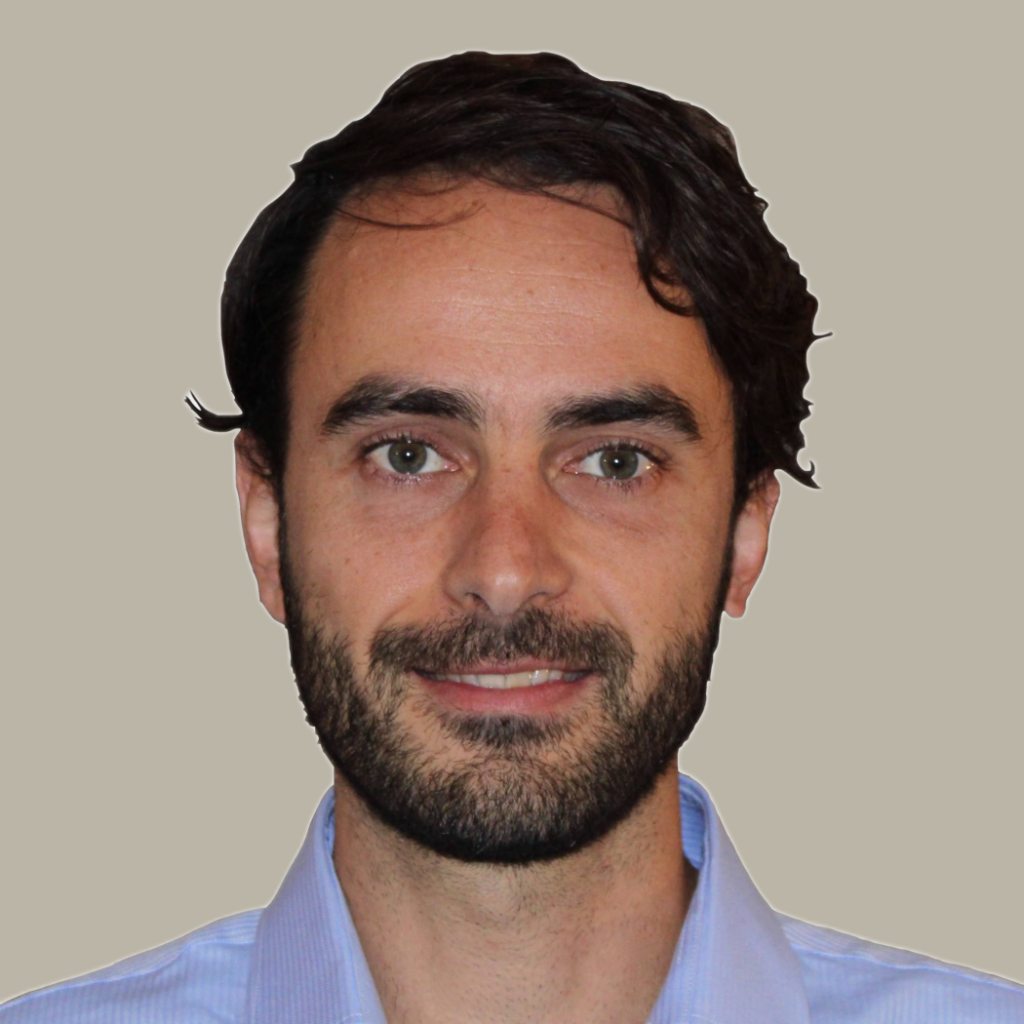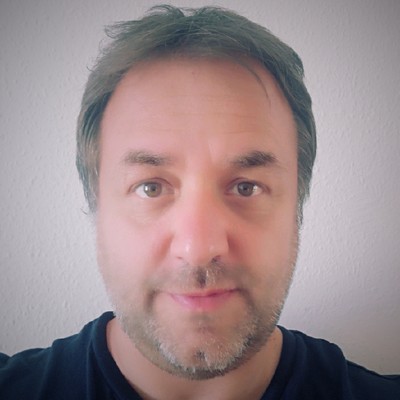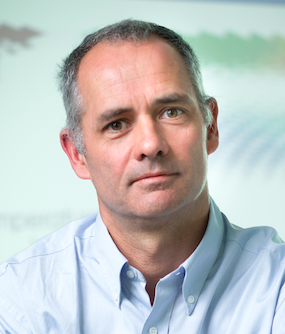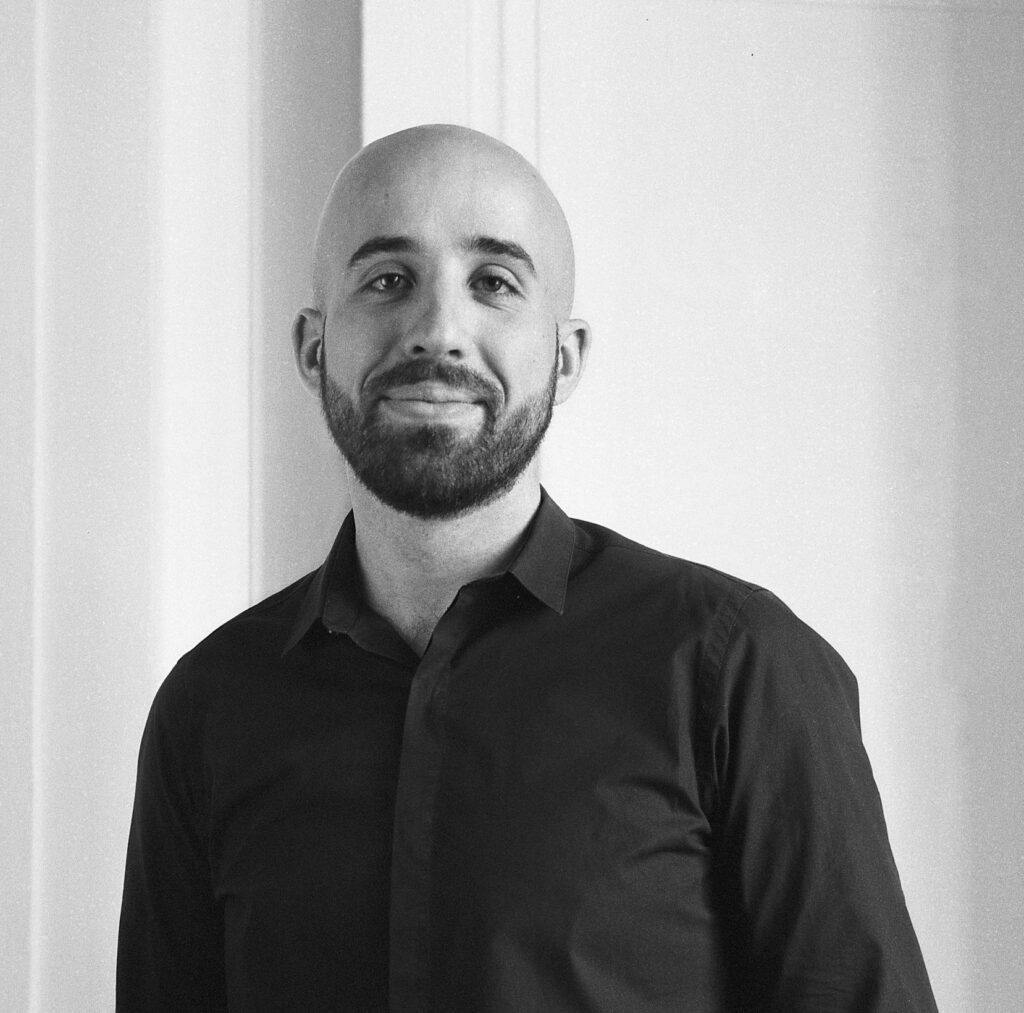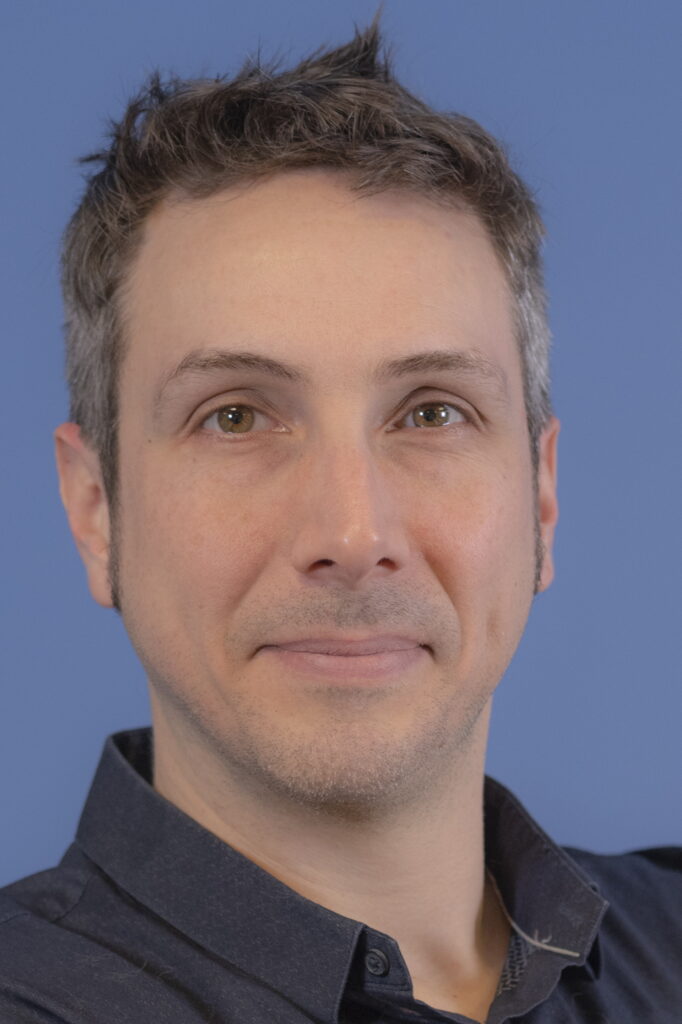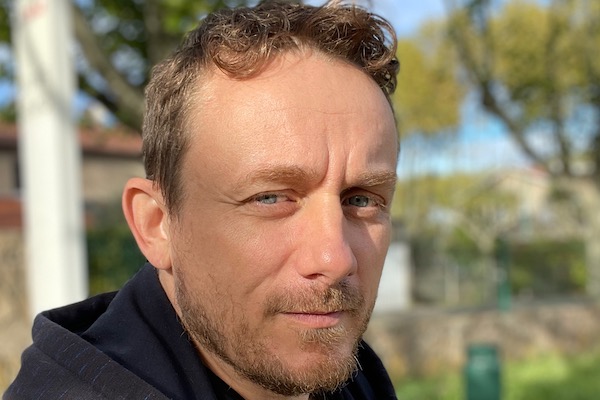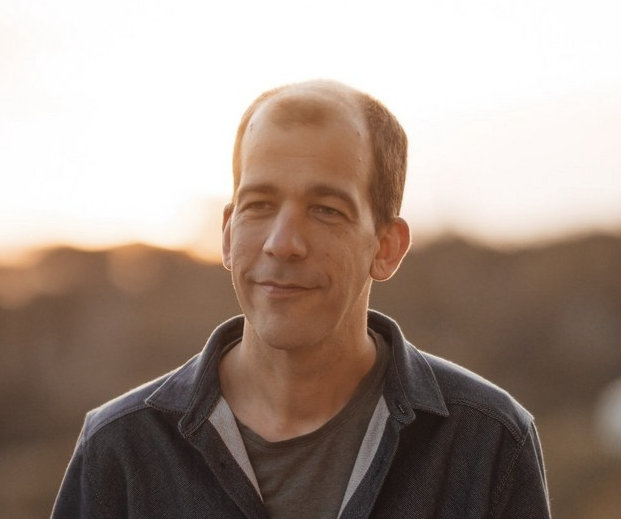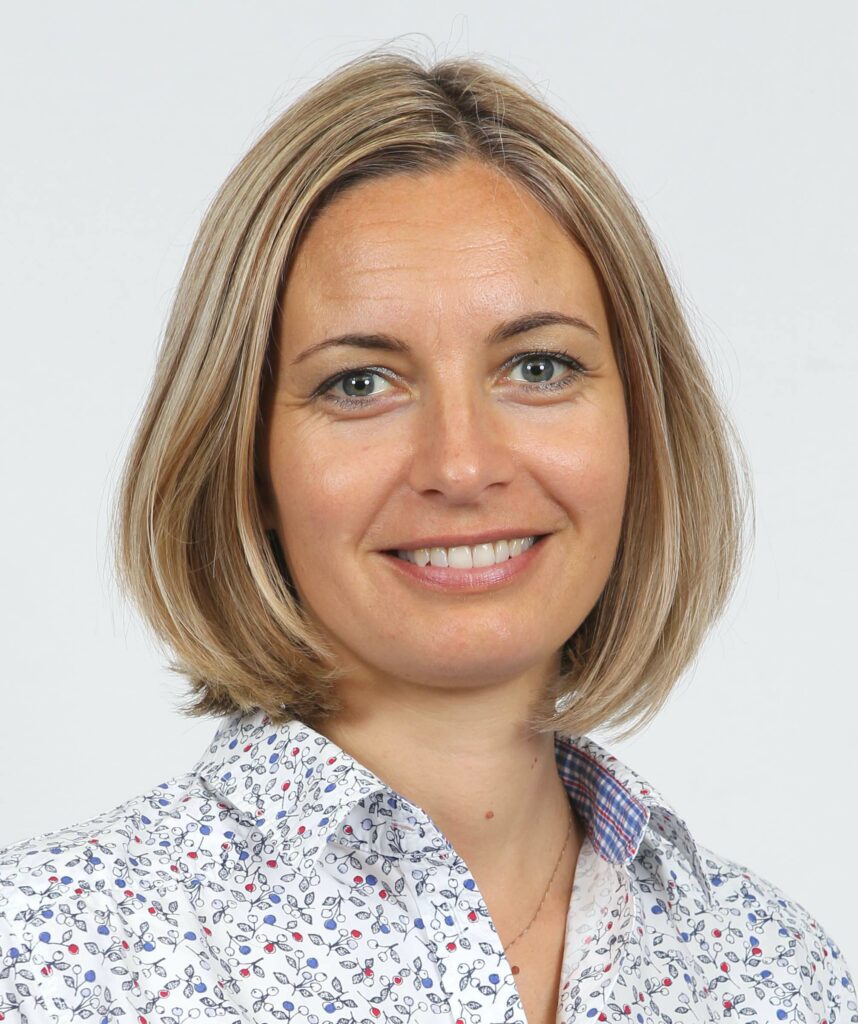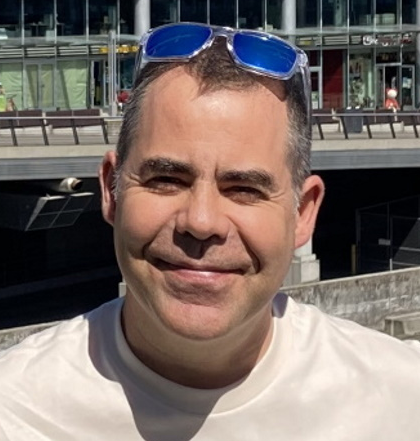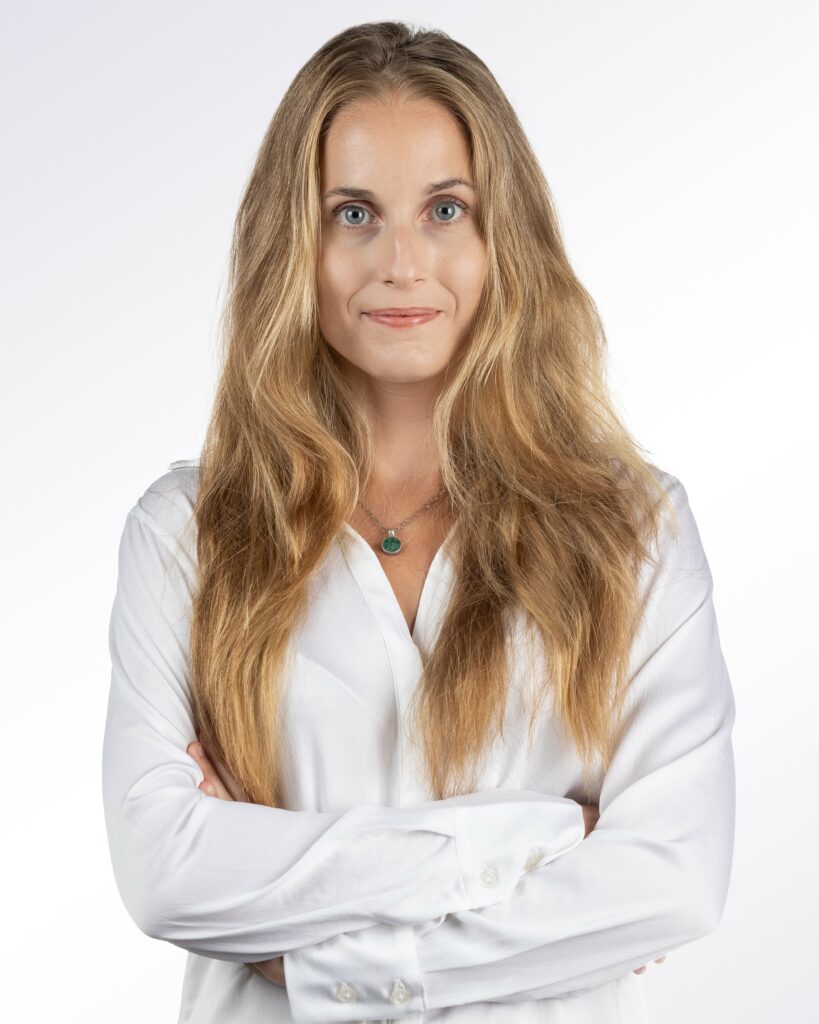Registrations is free but mandatory – deadline: 8 March 2023 20 March 2023! See our registration form.
Session: Power-up tomorrow world with green energies
Paul Aubin – A startup on optimal bidding strategy for the electricity market
Renewable energies produce electricity depending on the weather, and it is consumed at demand. Their development must then be supported by storage systems, among which battery energy storage systems (BESS) are very competitive. Different revenue streams exist for BESS, yet none is sufficient in itself to reach economic viability.
Eol Robotics is a startup project from Inria, that is developing a web app for recommendations on the electricity trading markets. We will present our work to make BESS business profitable.
Dr Robin Girard – Optimisation and data mining problems for low carbon energy system planing
Decarbonisation of our economy implies deep evolutions of our energy systems towards more variable and decentralized renewable energy production, more interactions between energy vectors. This comes with both data mining and optimisation challenges. Data are indeed essential to describe and model the diversity that exists in terms of ressources, infrastructures, and usages in our territory, from the scale of a single consumer to that of the European interconnected energy system. Optimisation tools have to handle these various spatial scales, while taking into account temporal scales from the hour to several years, as well as several strong uncertainties. This presentation will illustrate these challenges with examples of actual research carried out at PERSEE center of MINES Paris PSL in energy system planing.
For more info, please check Dr Girard website.
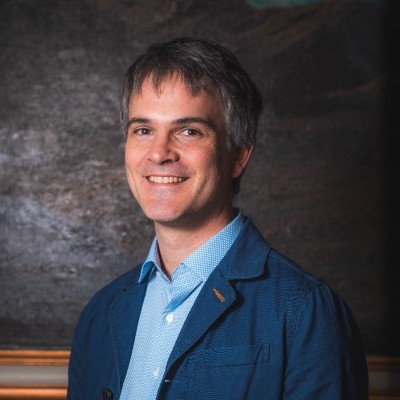
MINES Paris PSL – PERSEE center – ERSEI group
https://www.robingirard.eu/
Dr Philippe Blanc – Challenges of applying forecasting algorithms in the solar energy sector, using earth observations
Philippe BLANC is professor for MINES Paris – PSL and responsible for its Department of Energy and Processes. His field of research is the solar resource assessment and forecasting using Earth Observation (satellite images, in-situ measurements, numerical weather models, etc.). The talk will be focused on the intra-day solar resource forecasting to notably support the high penetration of photovoltaic in the energy system, in the context of the mitigation of the climate change. Emphasis will be made on the crucial role of data sciences in the active field of research of Solar Energy.
Session: Eco-responsability, sustainability and high-innovation are still compatible? and what are the alternatives?
Dr Nadia Maizi
Dr Jacques Sainte-Marie – ICT and ecological transition (by visio)
The climate emergency requires us to act. For Inria, this means conducting research that contributes, directly or indirectly to decarbonisation. There are several main areas of focus:
– Enabling Inria scientists that wish to shift their research focus to environmental issuesenvironment-related issues,
– building and promoting eco-responsible digital technology- working on digital tools and services that effectively contribute to decarbonisation
– develop models and simulation tools for the environment (in the broadest sense).
In addition, we need to significantly change the way we work and travel.
These are the points that we will seek to address during the presentation.
Gauthier Roussilhe – Understanding how positive and negative impacts of digitalization are assessed
We tend to believe that digitalization is a natural part of the ecological transition, but how do we assess this? In a first part, this presentation will dissect the main works that have put forward the positive environmental effects of digitization in order to determine their level of credibility. In a second part, we will come back to what we need to understand about the environmental effects of digitalization.In conclusion, we will give some perspectives on the challenges between digitization and ecological transition
Benjamin Ninassi – ICT : From direct impacts towards eco-design (by visio)
This presentation will start with a brief overview of the main direct impacts of information and communication technologies on the environment. After situating the stakes, we will discuss some major principles for controlling these impacts through the eco-design of digital services.
Dr Hervé Mathieu – Energy-To-Solution: a paradigm shift
The key word in the development and use of HPC software applications is to go faster. This is the Time-To-Solution paradigm, which guides all optimizations. This is justified by the fact of obtaining a result before it is obsolete. But today, with the significant increase in energy prices and the evidence that we are endangering our planet, it is time to integrate the energy criterion as well. The necessary efficiency gain is largely in the hands and minds of users and developers. We will see through the experience of the company DENERGIUM how to help them.
Session: Smart cities
Dr Hervé Rivano – Smart cities
Since its appearance at the end of the 2000s, the term “smart city” has become an integral part of the French urban policy landscape. It is a catch-all term that covers a wide variety of realities and carries as many hopes as doubts about what the digital revolution could do to the city.
Among the various figures that claim to be part of it, there is that of the “equipped city”: the installation of sensor networks gives access to unprecedented knowledge of the various phenomena that cross and constitute the city. It would be naive to believe that this has no consequences for the political and social structure of cities.
In this presentation, we will discuss the technical challenges of smart cities by illustrating the relationships with urban political and social issues, based on some examples of recent research.
Dr Antoine Rousseau – Non greedy urban flood simulations
Dr Paola Goatin – Multi-scale models for mixed human-driven and autonomous vehicles
The expected deployment of Connected Autonomous Vehicles (CAVs) opens new perspectives for traffic management. Indeed, CAVs can potentially be used as endogenous actuators to improve traffic flow on road networks. Yet, the accurate description of the these interactions requires the development of specific models, taking into account CAV dynamics within bulk traffic flow.In this talk, I will present a family of strongly coupled PDE-ODE systems designed to model the influence of controlled single vehicles or platoons on the surrounding road traffic. The models consist of conservation laws describing the main traffic evolution and ODEs accounting for CAV trajectories, which depend on the downstream traffic conditions. The moving constraints are operated by inequalities on the flux funtion, which account for the bottlenecks created on the road by the presence of the controlled vehicles. Finite volume schemes are specifically developed to capture exactly the non-classical discontinuities that may arise at the constraint positions, and they are then used to address numerically optimal control problems for traffic management.
Dr Pierre Alliez – Geometry Processing for Digital Twins
Geometry Processing is a field of research aiming to design and implement efficient data structures and algorithms for the acquisition, reconstruction, analysis and transmission of 3D models and scenes. In the first part of my talk, I will explain how the current enthusiasm for digital twins is posing a range of scientific challenges such as continuous acquisition and 3D reconstruction, physics-informed geometric modeling and cognitive 3D models.
In the second part of my talk, I will review some recent algorithmic contributions utilized for digital twins of factories, civil infrastructures and industrial facilities. In particular, I will focus on the importance of devising generic algorithms that come with theoretical and practical guarantees. Guarantees are primarily motivated by robotic simulation applications such as collision avoidance or trajectory optimization. Genericity is motivated by the need to deal with heterogeneous inputs that abound in real-world digital twin applications.
If you want to have access to the presentation, please write us!
Session: Weather and Marine Resource modelling
Marc Pontaud, Météo-France, Higher Education and Research director – The Numerical Weather Prediction : from a silent revolution to a possible rupture? – by visio
The Numerical Weather Prediction : from a silent revolution to a possible rupture?
Weather forecasting has always been an important concern for various issues. Today, even more so with climate change, expectations are increasing in a weather-dependent and demanding society in terms of relevant information.
The system of the (thermo-dynamics) equations governing the evolution of the atmosphere was established at the end of the 19th century. The diagnosis is made that the analytical resolution is not accessible then, and still is not.
At the very beginning of the 20th century, the foundations of a numerical resolution were laid with the identification of the pillars (i) the space-time discretization and the first elements of numerical analysis, (ii) the question of the initial conditions and (iii) the observations which are linked to it, with the idea of a “human supercomputer”
Three decisive elements will allow the implementation of this concept:
(i) the development of a simplified equation for a single-layer atmosphere at the end of the 1930s, which will become the basis of the first generation of models to come
(ii) the atmospheric radio-soundings which allowed a vertical observation of the atmosphere at the end of the 1930s
(iii) and the appearance of the first electronic computers just afer the second world war
Numerical Weather Prediction (NWP) then effectively began in 1950 with some difficult successes. From then until today, NWP has progressed on all levels, with better observations (satellites, radars, …), better numerical algorithms, a greater computational capacity but also a system of equations ever closer to the initial system in connection with a growing theoretical understanding of weather and climate phenomena.
In 2008, a first model based on the complete thermodynamic equations without simplification was put into operation at Météo-France, marking the culmination of a century of silent evolution with continuous and significant progress on the quality of weather forecasts and services provided.
But after a century of research work on different axes to achieve this goal, recent machine learning techniques using new formulations of neural networks, applied to past meteorological data, have just shown themselves capable of competing with the weather forecasts of the best meteorological centers in the world, and especially with very fast execution times.
These recent results lead to an abrupt question: if artificial intelligence is indeed already in various parts of the weather forecasting production chain, will it finally replace in the very short term the numerical resolution of the thermo-dynanic equations of the atmosphere, for weather forecasting and eventually for climate projections?
Session: Modeling and optimizing ecosystems
Dr Hubert Bonnefond – DareWin project – from the idea to the startup across 2 examples
Dr Francesca Casagli
Dr Ludovic Mailleret – Pulsed perturbations in population dynamics
The dynamics of populations can be perturbed by sudden events that abruptly increase or decrease population densities. The magnitude and temporal pattern of occurrence of pulsed perturbations may interact with different components of population dynamics. In this presentation, I will explore these interactions by focusing on two kinds of perturbations, (i) pulsed removals of fractions of populations and (ii) pulsed introductions of given numbers of individuals, in different population dynamics scenarios such as resource harvesting, population migration, vaccination, and biological control. These examples highlight that the way a given perturbation intensity is spread over time affects both quantitatively and qualitatively the dynamics of pulsed perturbed populations.
Session: How to assess the environmental impact of our daily life research
Dr Sylvain Chevillard – Carbon Footprint of Research, an example
I will describe an experiment made during year 2020 when a small working group of Inria researchers estimated the carbon footprint due to the activity of their teams. We set up a methodology based on the data available in Inria administrative tools. I will present the motivations for this project and the methodological problems that arose: which emission items to consider? How to collect the necessary information using Inria tools? Finally, I will present the main lessons learned from
this experiment.





